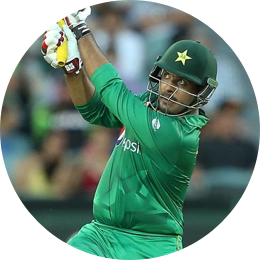
Cricket’s Biggest Controversies
Click the map below to learn more about the cricketing incidents and episodes the country in question might prefer to forget.


Sri Lanka
Muttiah Muralitharan holds the record for the most wickets in Tests and ODIs – but the controversy over the legendary spinner’s action started when he made his Test debut in 1992, and never fully went away.
Murali was congenitally unable to straighten his arm, giving the impression when he was bowling that he was sometimes throwing the ball. His action was studied many times by the ICC, but Murali was never banned from bowling and he retired with exactly 800 wickets in Tests and 534 in ODIs.
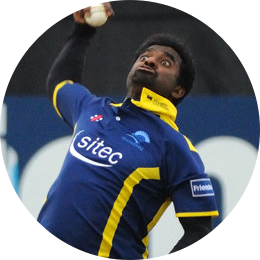
The heat was on at the World Cup final in Mumbai before the first ball was bowled. When India captain MS Dhoni tossed the coin, his Sri Lankan counterpart Kumar Sangakkara called “heads” – but so softly that match ref Jeff Crowe did not hear, and Dhoni thought he had said “tails”. Dhoni agreed to a re-toss, which Sangakkara called right… India won anyway.
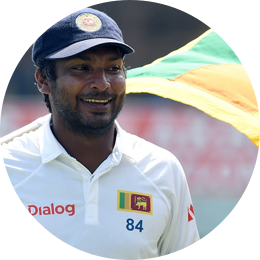
An Al Jazeera documentary claimed that groundsmen deliberately altered the nature of pitches in Galle to produce conditions that favoured Sri Lanka. The stadium curator later owned up to doctoring the pitch.


Australia
Don Bradman, well on his way to establishing himself as the greatest batsman of all time, was given a cheque for £1,000 by an Australian businessman after his world record 334 against England in Leeds.
Bradman didn’t share it with his team-mates – and popular legend has it he didn’t even offer to buy them a round of drinks.

Australian TV mogul Kerry Packer set up World Series Cricket – and revolutionised the sport. He scandalised authorities and fans by setting up his own competition and attracting many of the leading names in the world.
The lot of the professional cricketer was greatly improved by WSC, while some of the ways in which the sport was presented – colourful uniforms, day-night matches, white balls – were genuinely innovative.

As an exciting ODI against New Zealand at the MCG reached its conclusion, the Black Caps needed six to win off the last ball. Then Greg Chappell stepped in.
The Australia skipper ordered the bowler, his brother Trevor, to bowl the ball underarm to Brian McKechnie, making a six impossible. Perfectly legal at the time, of course, but the Aussies took a pasting in the court of public opinion.
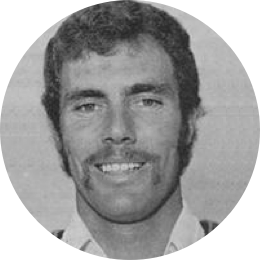
Mark Waugh and Shane Warne took payments from a shady figure called “John the Bookmaker” during a tour of Sri Lanka. They received thousands of dollars for pitch and weather information. When Australian chiefs found out, they fined the pair – but didn’t release that information for three years.
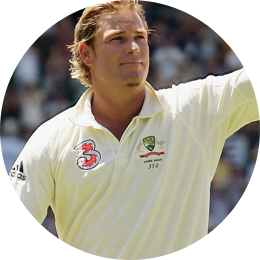
Australian cricket was left reeling by the notorious sandpaper ball-tampering scandal. Cameron Bancroft, one of the younger players in the Test side, was caught on TV roughing up one side of the ball. It soon emerged that Steve Smith and David Warner, the captain and vice-captain respectively, were part of the plan to alter the ball.
They were given hefty bans, coach Darren Lehmann stepped down, and the reputation of Australian cricket will take a long time to recover.


West Indies
Captain Garry Sobers, one of the greatest all-rounders ever to play the game, caused outrage at home by playing in a friendly double-wicket tournament in Rhodesia (now Zimbabwe).
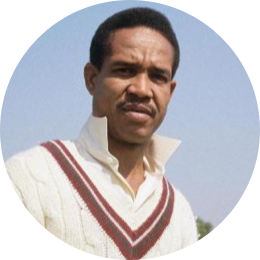
West Indies’ dominance of the late 1970s and early 1980s was based on spectacular batting and ferocious fast bowling.
Sometimes the pacemen overstepped the mark; and the first instance of that was in Jamaica, where they bowled bouncer after bouncer in an attempt to intimidate and beat India. They did both – and a new tactic was born.
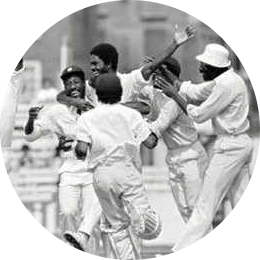
Brian Lara and Carl Hooper, captain and vice-captain respectively of the party due to tour South Africa, led the way in refusing to travel there. They stayed home in a row over tour payments and travel arrangements and were sacked by the West Indies board. After a few days of negotiation, however, the tour went ahead… and West Indies lost the Test series 5-0.
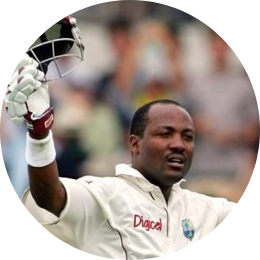

Afghanistan
The Afghan Cricket Federation was founded – but the sport was frowned on by the Taliban. Then again, pretty much all sports were.
However, its non-contact nature, the fact that the players are fully clothed and the presence of more existential problems for the Taliban meant cricket was eventually accepted. The Afghans progressed to gain associate membership of the ICC in 2013.
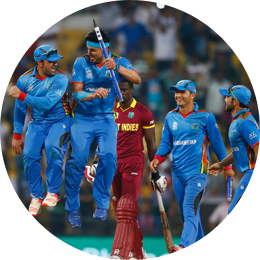
During an ODI against Ireland, Ed Joyce was run out by a throw from the boundary. However, he was in mid-pitch only because he was waiting for a four to be signalled, having seen fielder Mohammad Nabi touch the ball while his feet were clearly behind the rope.
Nabi denied it, however, and after several minutes Joyce angrily walked off.

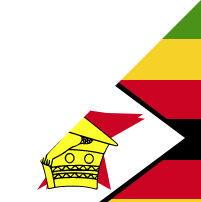
Zimbabwe
Andy Flower and Henry Olonga wore black armbands during a World Cup match, to protest against “the death of democracy in Zimbabwe” under Robert Mugabe's regime.
There had long been claims of political interference in the running of the sport there, while England refused to fulfil a fixture in the country and forfeited the match. Flower and Olonga both retired and left the country shortly afterwards.
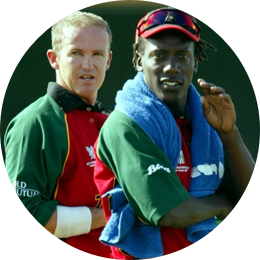
Skipper Graeme Cremer was offered more than £20,000 to fix the result of a two-Test series against West Indies. The man who offered the bribe, Rajan Nayer, was exposed and banned from all cricket activity for 20 years.
It should be noted at this point that Nayer was the treasurer and marketing director of the Harare Metropolitan Cricket Association.


Ireland
Zimbabwe were left fuming when the Irish won a tense World Cup pool match by five runs. In-form batsman Sean Williams was caught by John Mooney on the boundary – with the Zimbabweans convinced Mooney’s foot touched the rope.
Williams later accepted it was a fair catch, but not before a Zimbabwe newspaper had published a spectacularly vindictive article slating Mooney.

Ireland looked well set to win an ODI against Afghanistan when they were 173-1 in pursuit of a target of 339. But Paul Stirling was given out by a dubious LBW decision, shortly followed by the similar dismissal of Andrew Balbirnie, and the Irish went down by 34 runs.


South Africa
With the nation ostracised because of apartheid, wealthy businessmen bankrolled the first of seven rebel tours. Over the next eight years, players from England, Sri Lanka, Australia and West Indies risked bans and widespread disapproval by playing unofficial matches against South African sides. Long after the dismantling of apartheid, the tours still stir strong emotions among cricket fans.

South Africa’s first major tournament after its return to the sporting fold ended in farce. A bold young side made it to the semi-finals of the 1992 Cricket World Cup and had a real chance of beating England, with 22 runs required off 13 balls.
Then the rain came; and when it stopped, under the rules the Springboks now needed 22 off one ball. They did not get them – and the rules were changed.

Hansie Cronje, the captain of the side representing a proud cricketing nation not long back in the sporting fold, brought shame on the country with his involvement in match-fixing.
During an ODI tour to India, Cronje accepted bribes from a bookmaker in return for certain spot-fixing outcomes. When the scandal broke, Cronje was banned from playing or coaching cricket for life. He tragically died in a plane crash in 2002, which sparked many theories.
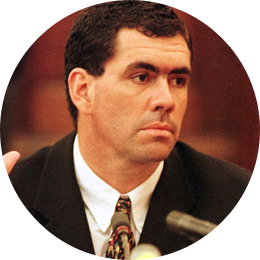
Thami Tsolekile, a former Test wicketkeeper, was at the heart of a corruption scandal around the Ram Slam, South Africa’s T20 competition.
Tsolekile took at least £3,100 in bribes to influence the action and was banned from cricket for 12 years as a result. Also in the dock was ODI international Gulam Bodi, who was banned for 20 years.

Captain Faf Du Plessis was caught on camera applying saliva to the ball while eating a sweet during the second Test against Australia in Hobart. He was fined his match fee.
However, it wasn’t a first ball-tampering offence; three years earlier he had been spotted rubbing the ball against the zip on his trousers.


India
Mike Denness, a former England captain, sparked outrage in India. Denness, by now a match referee, punished six players for various offences including ball-tampering and excessive appealing in a Test in South Africa.
Indian fans went berserk, burning Denness in effigy and branding him racist. The Indian board, supported by South Africa, threatened to call off the tour; the ICC backed Denness, but then declared the Test “unofficial” and overturned bans on Sachin Tendulkar and captain Sourav Ganguly.
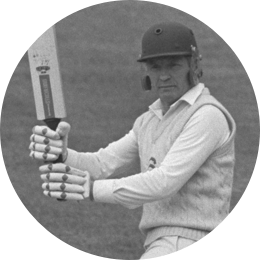
Ganguly was at the heart of another bust-up when he had a massive fall-out with Greg Chappell, the new India coach. Ganguly – who had campaigned for the former Australia captain to get the job – became unhappy when Chappell said he would pick more in-form batsmen ahead of the skipper.
The row was played out in the media before Ganguly was dropped from the ODI team and then the Test line-up. When he came back, India underperformed at the 2007 World Cup and Chappell resigned.
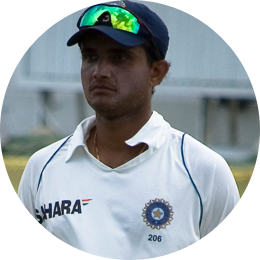
Fiery spinner Harbhajan Singh was involved in several controversies, none worse than his clash with Australia all-rounder Andrew Symonds. Harbhajan was charged for racially abusing Symonds. The bowler denied it, but match referee Mike Proctor banned him for three Tests.

Five players were banned for seeking money for spot-fixing in the Indian Premier League after a sting operation by an Indian TV channel. TP Sudhinra of Deccan Chargers was banned for life, while Shalabh Srivastava of Kings XI Punjab was hit with a five-year ban.
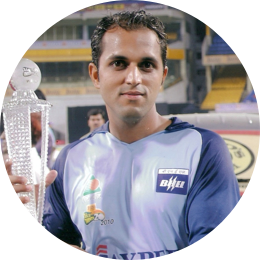
This time three Rajasthan Royals players were banned for spot-fixing. Sreesanth, Ajit Chandila and Ankeet Chavan were among 26 people arrested in the scandal.
The three were cleared of all charges by a district court in Delhi, but Chandila and Sreesanth were banned from cricket for life – though Sreesanth’s ban was lifted six years later.
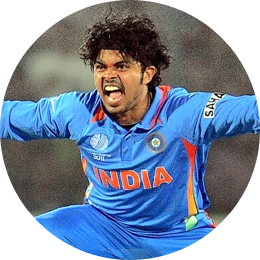

England
Captain Douglas Jardine and his fast bowlers came up with a tactic to restrict Australia’s Don Bradman in the 1932-33 Ashes. They called the idea of short-pitched bowling directed at batsmen “leg theory” but it’s better known as Bodyline. England won the most controversial Test series in history 4-1 – but the anger the tactic caused in Australia and beyond scarred the sport and almost broke the British Empire.
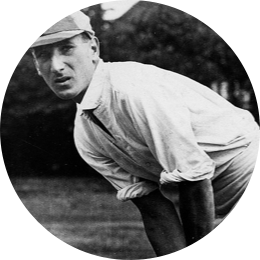
The D’Oliveira Affair erupted when Basil D’Oliveira, a dual heritage player born in South Africa, was left out of the England party to tour his former home. With apartheid already in place there, his non-selection was seen as political and cricket fans were furious. When Dolly was then drafted in as a replacement for the injured Tom Cartwright, that too was seen as political by the South African establishment. The tour was cancelled and South Africa’s isolation by the sporting world deepened.
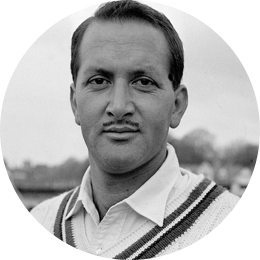
Mike Atherton is now a respected cricket writer and broadcaster. And he was a very good England captain. But his reputation took a big hit when he was spotted taking dirt from the pitch out of his pocket and rubbing it on the ball during a Test against South Africa. Technically, Athers wasn’t breaking the laws – but he was still fined £2,000 by England supremo Ray Illingworth.

Throughout his career, Kevin Pietersen sparked strong opinions both for and against him. He was a fantastic batsman but regularly fell out with captains, coaches and opponents. It was revealed that during a Test against South Africa, the land of his birth, he had exchanged text messages with some of the opposition. These included unflattering thoughts on his skipper, Andrew Strauss.

With England strongly fancied to win the World Cup for the first time, batsman Alex Hales was dropped from the squad after failing a test for recreational drugs. Hales has previous; he was involved in the late-night street brawl that led to the arrest and suspension from England duty of Ben Stokes. There are echoes here of legendary all-rounder Ian Botham, who was banned from playing for 63 days in 1986 after admitting he had smoked cannabis.


Bangladesh
Shariful Haque was banned indefinitely by the nation’s cricket board after he was convicted of spot-fixing in a Bangladesh Premier League match.
Another player, Mashrafe Mortaza, was offered money in return for information about whether he would play in certain matches – and even whether or not he would be wearing sunglasses.
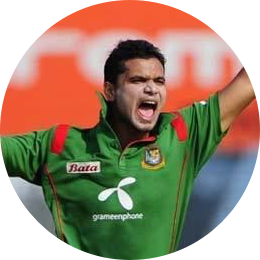
The following year, Mohammad Ashraful was also banned after he admitted to spot-fixing during the Bangladesh Premier League.
He accepted a bribe to lose a match between Dhaka Gladiators and Chittagong Kings – and the cheque he was given bounced. He was banned for eight years, though this was reduced on appeal to five.


New Zealand
New Zealand’s cricketers found themselves at the centre of a row over their planned tour of Zimbabwe. Following human rights violations in the country, there were widespread calls for a boycott, but the ICC insisted the tour go ahead. It duly did, and the Black Caps won both Tests by an innings.

Former Test opener Lou Vincent was banned for life for a string of match-fixing offences. Vincent, who played 23 Tests and made a century on debut against Australia, admitted fixing during a Lancashire v Durham T20 match in 2008. Other matches included a Sussex-Lancashire fixture and a Sussex-Kent match in 2011.


Pakistan
Javed Miandad, a man who could start a fight in an empty room, was on a collision course with the equally combustible Australian paceman Dennis Lillee. Literally.
Matters came to a head in the first Test in Perth when the Pakistan captain completed a single and the pair came together. Lillee, it was claimed, kicked Miandad; the latter certainly raised his bat as if he was about to strike the Aussie. Luckily, umpire Tony Crafter stepped between them before blood was spilled.
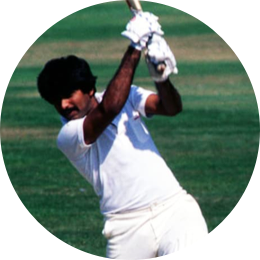
Umpires Darrell Hair and Billy Doctrove ruled that Pakistan had been ball-tampering on day four of the fourth Test against England at The Oval. Pakistan refused to take the field after the tea break in protest; the umpires removed the bails and declared England the winners.
It was the first such end to a match in more than 1,000 Tests. Hair was voted Umpire of the Season in a poll in The Wisden Cricketer, but did not officiate again until early 2008 and retired months later.
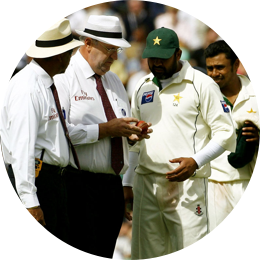
The day after Pakistan were eliminated from the World Cup, their coach Bob Woolmer was found dead in his hotel room in Jamaica. The news shocked the cricket world, not least England, for whom he had been a solid batsman 30 years earlier.
First reports said he died of a heart attack, but later it was claimed he had been strangled and at his inquest the jury returned an open verdict.

During the fourth Test against England at Lord’s, the News of the World published the stunning allegation that Pakistan bowlers had been spot-fixing. An agent had accepted a £150,000 bribe in return for information that Mohammad Asif and Mohammad Amir would deliberately deliver no-balls at particular moments – which they duly did.
The bowlers were jailed and banned, along with then-captain Salman Butt, though Amir returned to international action more than five years later.
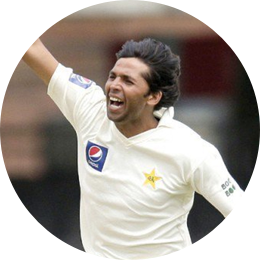
Six players were banned for spot-fixing in the Pakistan Super League. Sharjeel Khan was barred for five years after reportedly receiving two million rupees to play two dot balls.
Khalid Latif was allegedly given bat grips by bookies which he would roll on to show a fix was on – and was also accused of persuading other players to participate. Both men were banned for five years.
